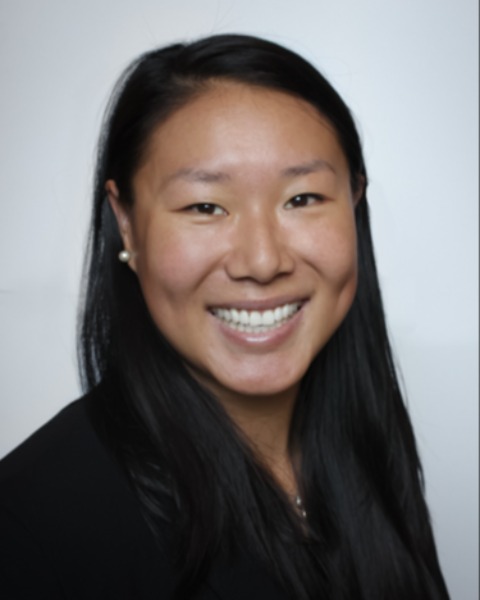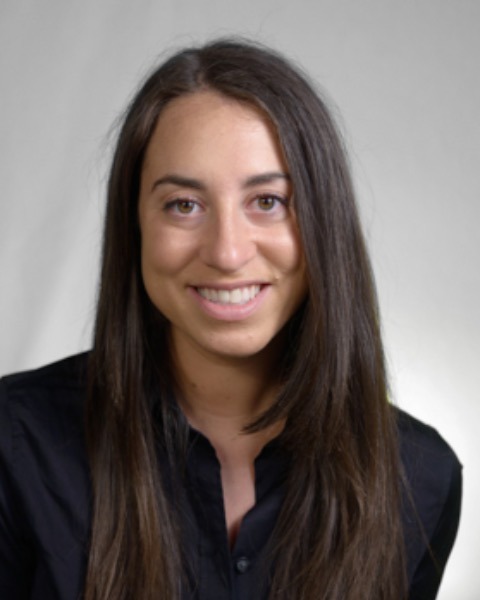Antepartum Fetal Assessment
Poster Session 3
(659) Yield of serial prenatal ultrasounds for detection of congenital heart block in SSA/SSB antibody-positive patients

Alyssa Yeung, MD (she/her/hers)
Resident Physician
Montefiore Medical Center, Albert Einstein College of Medicine
Bronx, NY, United States- JS
Justina Shafik, MS
MS
Bronx, NY, United States 
Alexa L. Cohen, MD
Fellow
Montefiore Medical Center, Albert Einstein College of Medicine
Bronx, NY, United States
Georgios Doulaveris, MD
Assistant Professor
Montefiore Medical Center, Albert Einstein College of Medicine
Bronx, NY, United States
Pe'er Dar, MD
Professor and Director, Division of Fetal Medicine
Montefiore Medical Center, Albert Einstein College of Medicine
New York, NY, United States
Primary & Presenting Author(s)
Coauthor(s)
Serial prenatal screening for fetal congenital heart block (CHB) has been suggested for gravidas with anti-Sjogren’s syndrome-related antibody A (SSA) or B (SSB) by the American Heart Association. Recent guidelines released by the Society for Maternal and Fetal Medicine (SMFM) recommend against routine screening. This study sought to assess the yield of screening patients with SSA/SSB antibodies with fetal echo for the diagnosis of CHB.
Study Design:
This is a historical cohort study of all patients with positive SSA or SSB antibodies from 1/2010 to 10/2022 . Patients had ≥1 fetal mechanical Doppler PR interval screen and were followed to ≥ 34 weeks. Multiple gestations or known fetal anomalies were excluded. Screening protocol consisted of weekly screens from 16 to 28 weeks and monthly afterwards. A prolonged PR interval was >140 milliseconds and, if identified, a corticosteroid course was offered. The primary outcome was the diagnostic yield of screening for the diagnosis of at least first-degree CHB.
Results:
124 patients met inclusion criteria and had a total of 1,628 ultrasounds for PR interval. The majority (69.4%) had systemic lupus erythematosus and 22.6% had Sjogren’s syndrome. Median number of ultrasounds per patient was 10 (IQR 10). Three of 124 patients had prolonged PR intervals (2.4%). The false negative rate was 0%. There needed to be 43 patients screened and 542 ultrasounds done to detect one CHB case. Table 1 shows the outcomes of the screened positive patients. One patient was diagnosed with third-degree CHB and elected for termination. The other two had first-degree CHB, were treated with corticosteroids, did not progress to complete CHB and had healthy neonates with asymptomatic first-degree CHB.
Conclusion:
In our historic cohort, the screen positive rate was 2.4%, similar to previous reports. Fetuses diagnosed with a first degree block had a successful therapeutic intervention. In light of conflicting recommendations from different organizations, large prospective studies are needed to evaluate PR interval screening for CHB and the effectiveness of treatment with corticosteroids.

